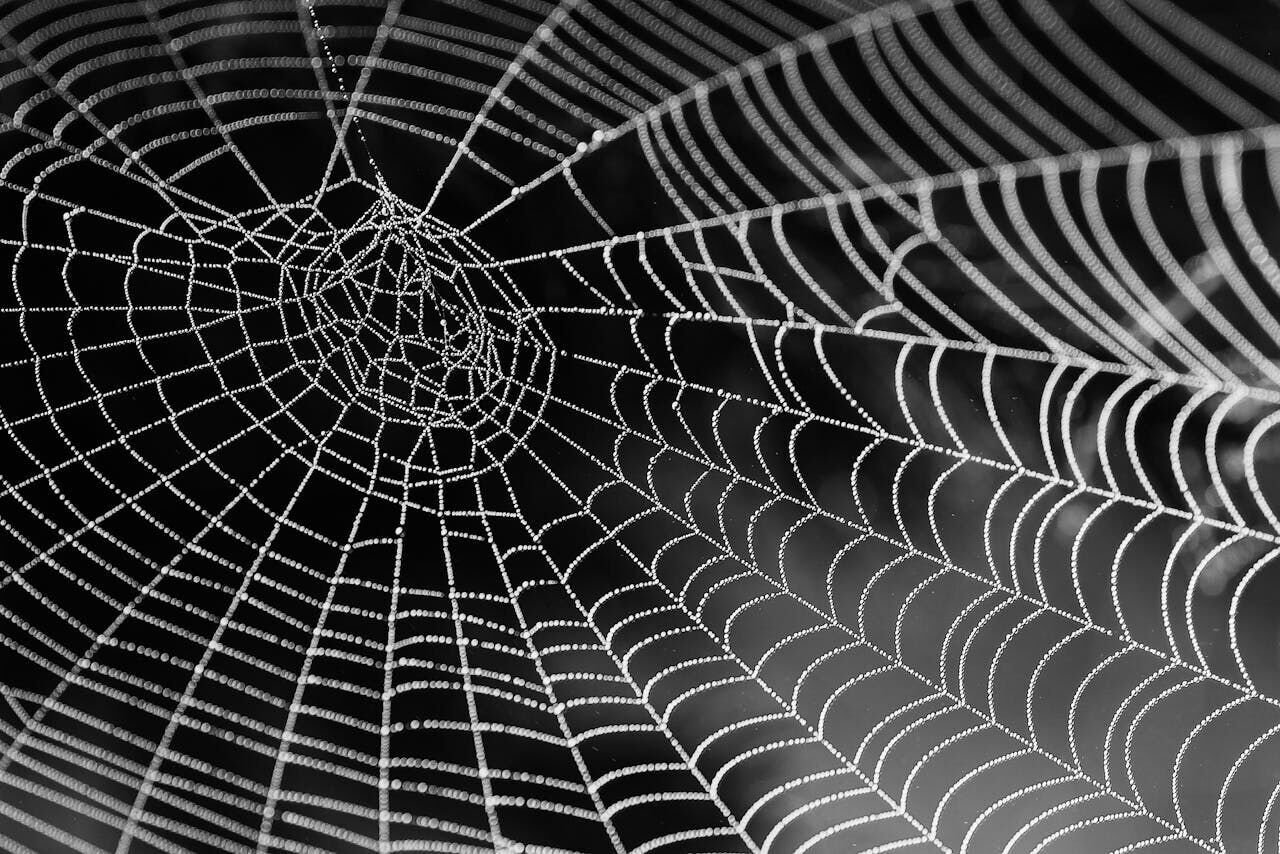Spiderweb silk moves at the speed of particles within a sound field, enabling highly sensitive and long-distance sound detection. Surprisingly, the best microphone in the world might be inspired by spider silk. While spiders weave webs to catch insects, the sticky strands also aid their hearing. Unlike human eardrums and conventional microphones that detect sound pressure waves, spider silk reacts to changes in the velocity of air particles disturbed by a sound field. This method of sound velocity detection is less explored compared to pressure sensing, but it offers significant potential for high-sensitivity, long-distance sound detection.
Researchers from Binghamton University investigated how spiders listen to their environment through webs. They discovered that spiderwebs match the acoustic particle velocity across a wide range of sound frequencies. Ronald Miles will present their findings on Thursday, May 16, at a joint meeting of the Acoustical Society of America and the Canadian Acoustical Association, held from May 13-17 at the Shaw Centre in downtown Ottawa, Ontario, Canada.
“Most insects that can hear sound use fine hairs or antennae, which don’t respond to sound pressure,” explained Miles, a professor of mechanical engineering. “Instead, these thin structures respond to the motion of the air in a sound field. I wondered how to create an engineered device that could also respond to sound-driven airflow. We experimented with various human-made fibers that were very thin, but they were fragile and difficult to work with. Then, Dr. Jian Zhou noticed a spiderweb blowing in the breeze on our campus. He thought spider silk might be worth trying.”
Before developing such a device, the team needed to confirm that spiderwebs indeed responded to sound-driven airflow. To test this, they opened their lab windows to observe the Larinioides sclopetarius, or bridge spiders, living on the windowsills. They played sounds ranging from 1 Hz to 50 kHz for the spiders and measured the motion of the silk with a laser vibrometer. They found that the sound-induced velocity of the silk matched that of the surrounding air particles, confirming the mechanism spiders use to detect their prey.
“Since spider silk is naturally produced by spiders, it’s impractical to use it in the billions of microphones manufactured each year,” Miles noted. “However, it provides valuable insights into the desirable mechanical properties of a microphone and may inspire entirely new designs.”
